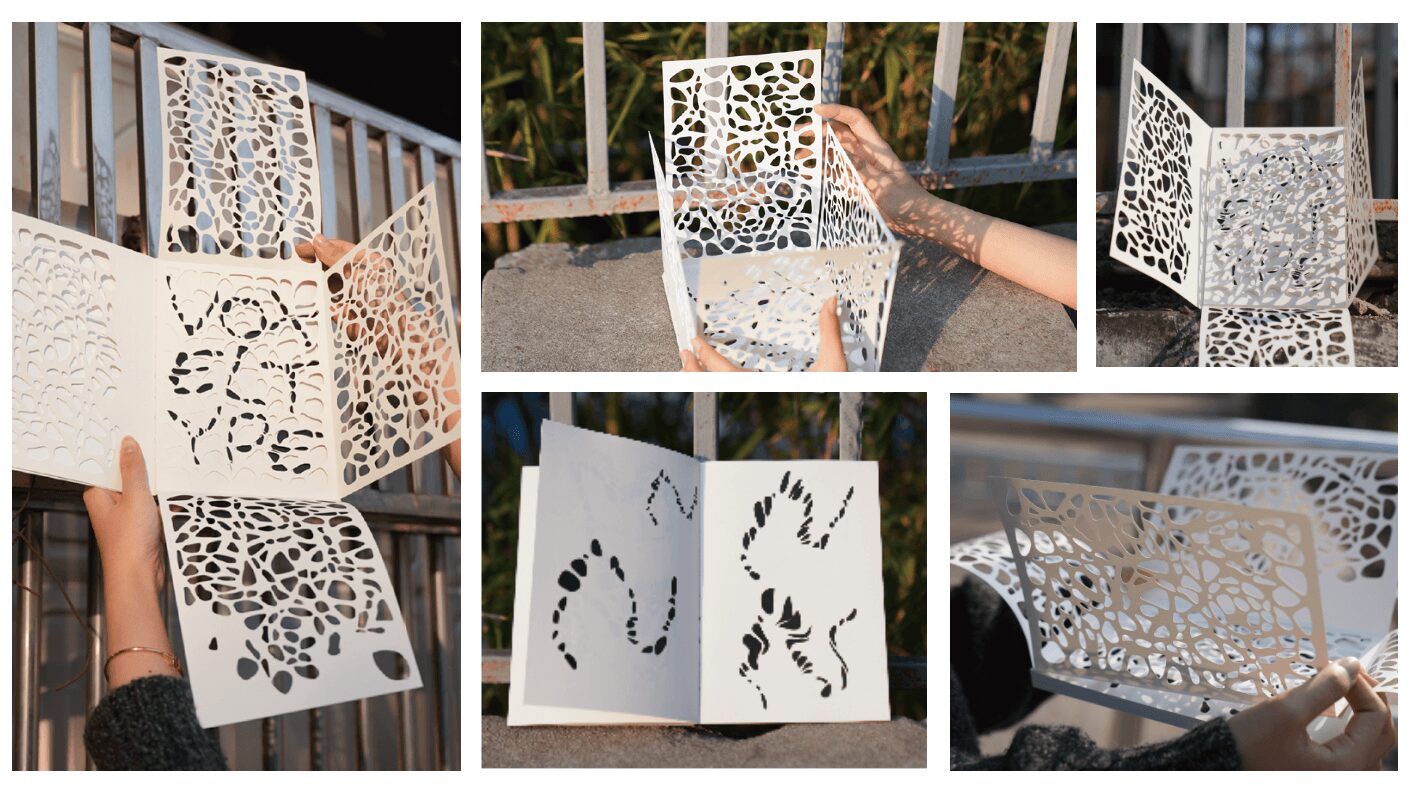We’re excited to introduce you to the always interesting and insightful Yanwen Chu. We hope you’ll enjoy our conversation with Yanwen below.
Yanwen, so many exciting things to discuss, we can’t wait. Thanks for joining us and we appreciate you sharing your wisdom with our readers. So, maybe we can start by discussing optimism and where your optimism comes from?
My optimism comes from the way I was raised. Growing up in a loving and encouraging family deeply shaped my perspective on life and design. “Trouble and happiness are only a thought away, and your attitude determines your life” is something my mother told me many times, and it has always inspired me when facing challenges and pursuing my passions. Unlike many parents, mine never pushed me to chase so-called “achievements.” Instead, they believed that every child has their own pace and interests, and they encouraged me to follow my heart and seek true happiness.
Since childhood, I have studied painting and calligraphy. I was so tired that once, in a calligraphy class, I couldn’t help dozing off. Observing that, my mother withdrew me from the calligraphy class instead of blaming me, saying, “If you don’t like it, don’t force it. It’s more important to follow your true love.” This sentence left a deep impression on me. Although the painting class was equally demanding, I loved creation from the bottom of my heart. Along with the support of my parents, this passion enabled me to go from graffiti to systematically studying sketching, watercolor, and oil painting, and gradually fueled my artistic growth.


Great, so let’s take a few minutes and cover your story. What should folks know about you and what you do?
Those simple and elegant watercolor illustrations in Antoine de Saint-Exupéry’s The Little Prince carry an innocent soul and have provided lasting inspiration. Since then, painting has become my way of expressing myself. I’ve long hoped to follow in the footsteps of those illustrators, dreaming that one day my work could also touch people’s hearts and serve as a bridge between art and emotion. Studying illustration helped me understand visual storytelling, but over time, I started to feel limited by the two-dimensional format. I still remember how exciting it was to turn one of my sketches into a real, physical prototype. That moment made me realize I wanted to bring my art into everyday life in more tangible and practical ways.
Now, I’m exploring how to combine storytelling and illustration into design projects. I see design as a bridge—not only between tradition and innovation, but also between culture and daily life. My goal is to create work that’s not only visually engaging but also emotionally meaningful.


Looking back, what do you think were the three qualities, skills, or areas of knowledge that were most impactful in your journey? What advice do you have for folks who are early in their journey in terms of how they can best develop or improve on these?
Looking back, one of the most important qualities I’ve developed is emotional sensitivity and storytelling. My background in illustration taught me how to express subtle emotions through my work. I believe that storytelling is the bridge between visuals and emotion. For those just starting, I suggest paying attention to everyday feelings and finding your own way to express them. In life, I believe the most important quality is independence, which I began to develop when I first arrived in New York for college. Everything was unfamiliar—the classes, the culture, even doing laundry. But over time, I gained confidence and learned to adapt. I came to realize that independence is not just a survival skill but also a form of inner growth. My advice is to be patient with yourself and stay open to change. Cultural awareness has also greatly shaped how I think and design. Living in a multicultural environment broadened my perspective and taught me to consider different voices and needs. I encourage others to seek out new experiences and listen actively—design always benefits from diversity.


What would you advise – going all in on your strengths or investing on areas where you aren’t as strong to be more well-rounded?
I think it’s important to know your strengths and build on them, but also stay curious and open to trying new things. I started out focusing on illustration and loved exploring different styles, from small GIFs to large-scale posters. I discovered that different illustration methods can evoke distinct emotional reactions from the audience, which sparked my curiosity about the nuances of artistic mediums.
That curiosity pushed me to step beyond traditional illustration. I started experimenting with things like interactive design, typeface design, and even 3D modeling. I didn’t know much at first, but trying new things helped me grow.
Strengths give you a solid starting point, but being open to new tools and ideas is what keeps things exciting and helps you evolve.
Contact Info:
- Website: https://yanwenchu.com
- Instagram: cyw_0128
- Linkedin: https://linkedin.com/in/yanwen-chu-b35361341


Image Credits
All images by Yanwen Chu
so if you or someone you know deserves recognition please let us know here.




